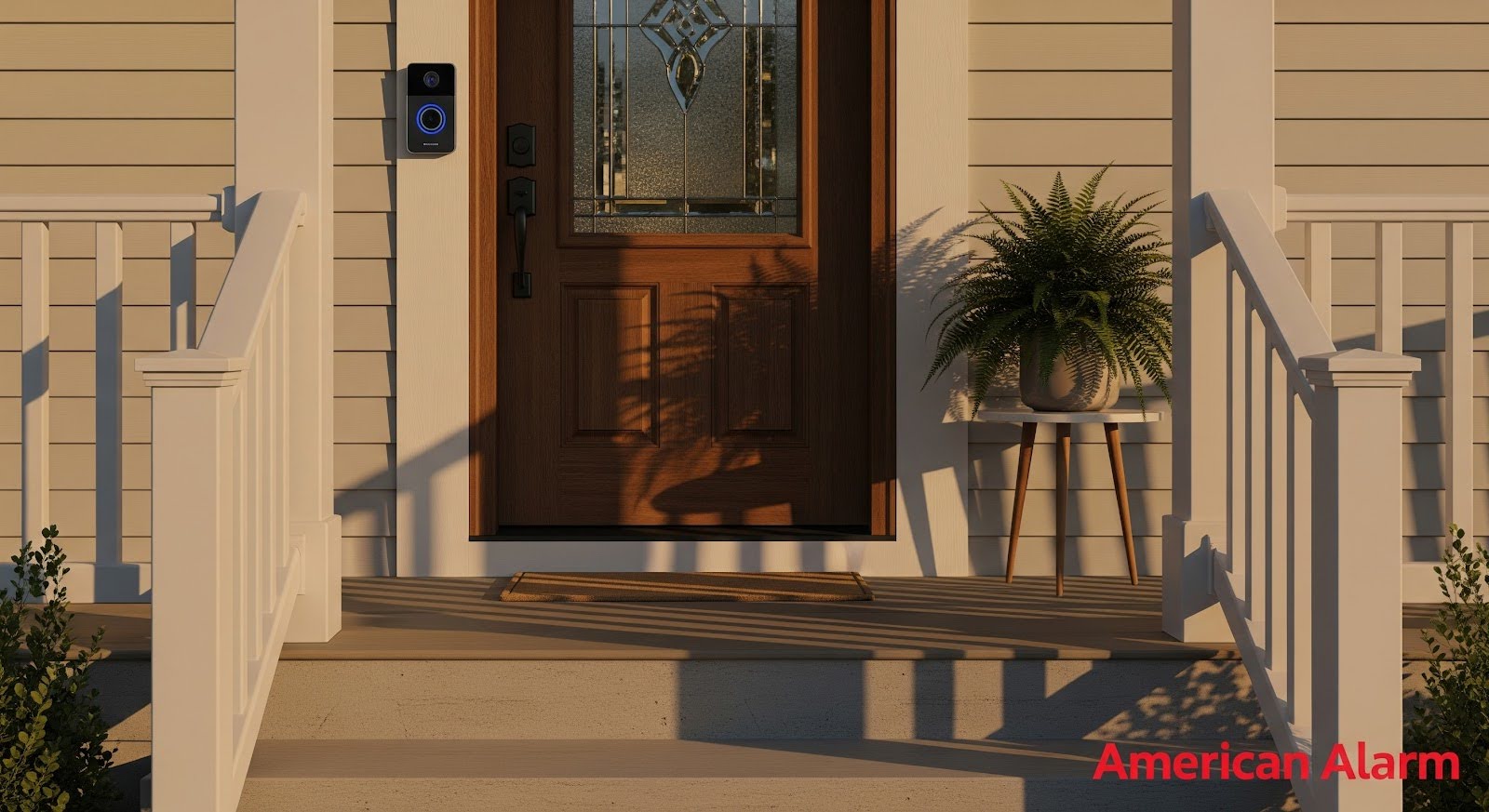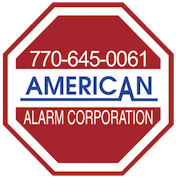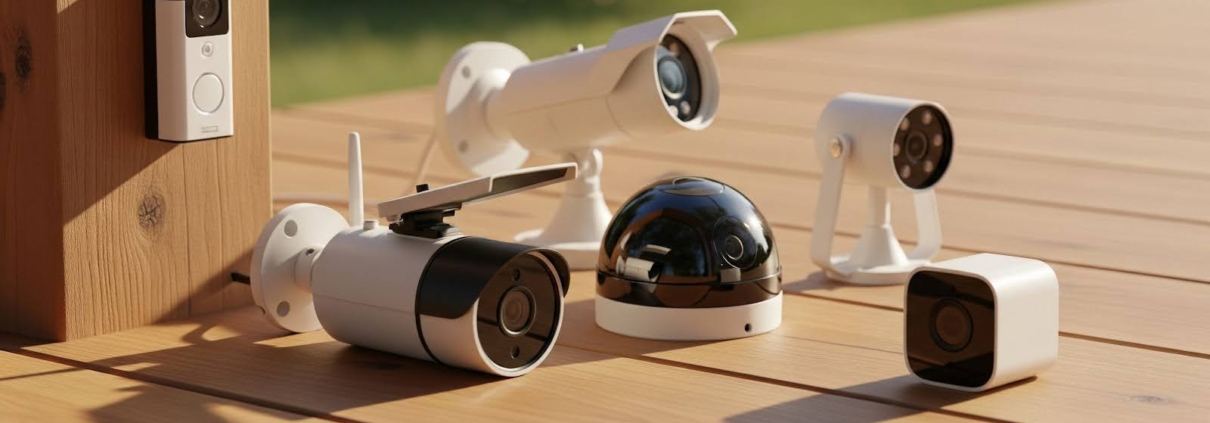What Is the Best Security Camera System for Homeowners Looking for Full-Property Coverage?
Key Takeaways
- Full-property coverage means strategically placing cameras to monitor all entry points, key outdoor areas, and vulnerable spots, creating a seamless security perimeter.
- Essential features for modern systems include 4K resolution for clarity, infrared night vision, smart home integration, and intelligent motion detection to reduce false alerts.
- Professional installation is critical for whole-home systems to ensure optimal camera placement, secure network configuration, and reliable performance.
- A local Atlanta security company provides faster service and tailored recommendations based on an understanding of regional security needs.
Why ‘Full-Property Coverage’ Is the New Standard for Home Security
In the past, a single video doorbell or a lone camera pointed at the driveway might have felt sufficient. Today, however, savvy homeowners understand that true security comes from visibility. The new standard is “full-property coverage,” a comprehensive approach that transforms your home into a secure fortress. This strategy involves creating a seamless security perimeter by eliminating blind spots that isolated cameras leave behind.
A single camera can only see one angle, leaving side windows, back doors, and detached garages completely vulnerable. Full-property coverage, on the other hand, provides a layered defense. It’s about more than just catching a package thief; it’s about deterring potential intruders before they even approach your home. Seeing a professionally installed, whole-home surveillance system is a powerful deterrent. The peace of mind that comes from knowing every potential entry point and secluded corner of your yard is monitored is invaluable. This holistic view ensures you have a complete picture of your property’s safety, day or night.
Key Components of a Whole-Home Surveillance System
Achieving full-property coverage requires a thoughtfully designed system composed of specialized hardware. The best security camera system isn’t just a collection of cameras; it’s an integrated solution where each component plays a crucial role. Understanding these parts helps you appreciate what goes into creating a truly effective security network.
Outdoor & Perimeter Cameras (Weatherproof, Vandal-Resistant)
Your first line of defense is your perimeter. Outdoor security cameras are the workhorses of any whole-home system, built to withstand Atlanta’s heat, humidity, and rain. These cameras are specifically designed to be weatherproof and often feature vandal-resistant casings to protect against tampering. They should be strategically placed to monitor driveways, front porches, backyards, and any side gates or access points. Their presence alone can discourage criminals, while their footage provides critical evidence of any activity on your property’s edge.
Indoor Monitoring Points (For Common Areas & Entryways)
While outdoor cameras watch the perimeter, indoor cameras provide a second layer of security inside your home. These are best placed to monitor main entry points like the front and back doors from the inside, as well as high-traffic common areas like the living room or main hallway. Indoor cameras can confirm if a breach has occurred and capture clear details of anyone who has gained unauthorized entry. They are also useful for checking in on pets or family members, adding a layer of convenience to their primary security function.
The Brain of the System: DVRs vs. NVRs
Every camera needs to send its footage somewhere to be recorded and stored. This is the job of a Digital Video Recorder (DVR) or a Network Video Recorder (NVR). A DVR system processes video data from analog cameras at the recorder itself. An NVR system, on the other hand, works with modern, high-definition IP cameras where the video is encoded at the camera before being sent to the recorder. For homeowners seeking the highest quality and flexibility, NVRs are typically the superior choice, supporting higher resolutions like 4K and offering better integration with modern network technology. This central unit is the brain of your entire surveillance operation.

Essential Features to Look for in a Modern Security Camera System
The effectiveness of home security camera systems hinges on their technological capabilities. The best systems go beyond simple recording, offering advanced features that provide clearer evidence, greater control, and smarter notifications. When evaluating your options, these are the modern essentials that deliver real-world benefits and tangible peace of mind.
Crystal Clear Evidence: 4K Resolution & Night Vision
When an incident occurs, the clarity of your video footage is paramount. Grainy, low-resolution video is often useless for identifying faces or license plates. That’s why 4K Ultra HD resolution has become a critical feature. It provides four times the detail of standard 1080p, ensuring you can zoom in on crucial details without the image becoming pixelated. Paired with advanced infrared (IR) night vision, which allows cameras to see clearly in complete darkness, you get reliable, 24/7 surveillance that captures usable evidence no matter the time of day.
Seamless Control: Smart Home Integration & Remote Access
Modern security should be convenient. The ability to access your camera feeds from anywhere in the world via a smartphone app provides ultimate control. You can check a live view, review recorded clips, and adjust settings with a few taps. Furthermore, Smart home and smartphone integration allows your cameras to work in concert with other devices. For example, you could have your porch lights turn on automatically when a camera detects motion, creating an even more powerful deterrent.
Smarter Alerts: Motion Detection & AI-Powered Analytics
Constant notifications for every swaying tree branch or passing car can quickly become frustrating, leading many to ignore alerts altogether. This is where intelligent motion detection and AI analytics make a difference. Modern systems can distinguish between people, animals, and vehicles, allowing you to customize alerts for only the events that matter. Some advanced Analytic security camera features can even include line-crossing detection or loitering alerts, providing proactive security that doesn’t overwhelm you with false alarms.

The American Alarm Advantage: Professional Installation in Atlanta
While technology is important, the expertise behind the installation is what unlocks a system’s full potential. As a local Atlanta security company, American Alarm provides a level of service and regional knowledge that national brands simply can’t match. Our technicians understand the specific security challenges faced by homeowners in areas from Roswell to Marietta and beyond.
We don’t just sell cameras; we design and implement custom security solutions. Our process involves a thorough assessment of your property to identify vulnerabilities and determine the optimal placement for each camera to maximize coverage and deterrence. We handle the complex network configuration to ensure your system is secure from digital threats and performs reliably. When you have a question or need support, you’re not calling a distant call center—you’re speaking with a local expert who is invested in your safety. There are many reasons to choose American Alarm, but our commitment to local, expert service is at the top of the list.
DIY vs. Professional Systems: A Critical Choice for Homeowners
In a world of DIY solutions, it can be tempting to buy a security camera system off the shelf and install it yourself. However, when it comes to the safety of your home and family, the difference between a DIY setup and a professional one is significant. DIY systems often suffer from improper camera placement, leaving critical blind spots. They can also create network vulnerabilities if not configured securely, potentially exposing your video feeds to hackers.
Professional security camera installation eliminates these risks. Our experts ensure every camera is positioned for optimal viewing angles and that all wiring is secure and protected from the elements. We integrate the system into a secure network, protecting your privacy. Furthermore, our residential monitoring services provide an extra layer of protection, ensuring that authorities are alerted in an emergency, even when you’re away. By choosing a professional solution from our wide range of comprehensive security services, you’re not just buying hardware; you’re investing in a reliable, expertly-managed security ecosystem. For the most robust and dependable Atlanta security camera systems, professional design and installation is the only choice.
Secure Your Entire Property with Expert Guidance
Don’t leave your home’s safety to chance. Our Atlanta-based experts design and install custom security camera systems for complete peace of mind. Get a quote today to build your perfect security solution. Get a quote today.
FAQs
How many security cameras do I need for my whole house?
The number depends on your property’s size, layout, and specific vulnerabilities. A typical home may need 4 to 8 cameras to effectively cover key entry points, driveways, and backyards. Our experts provide a custom assessment to ensure no blind spots.
Can home security cameras be hacked?
While any internet-connected device carries a theoretical risk, professional systems installed by experts are significantly more secure. We use encrypted data streams and secure network configurations to protect your privacy and prevent unauthorized access.
Do I need a subscription for my security camera system?
Most professional-grade systems include a subscription for services like 24/7 professional monitoring, secure cloud video storage, and ongoing technical support. This ensures your system is always operational and that authorities can be dispatched in an emergency.
What is the difference between a DVR and an NVR security system?
A DVR (Digital Video Recorder) processes video data at the recorder itself, typically with analog cameras. An NVR (Network Video Recorder) works with modern IP cameras, where video is processed at the camera before being sent to the recorder, generally resulting in higher image quality and more flexibility.





Leave a Reply
Want to join the discussion?Feel free to contribute!